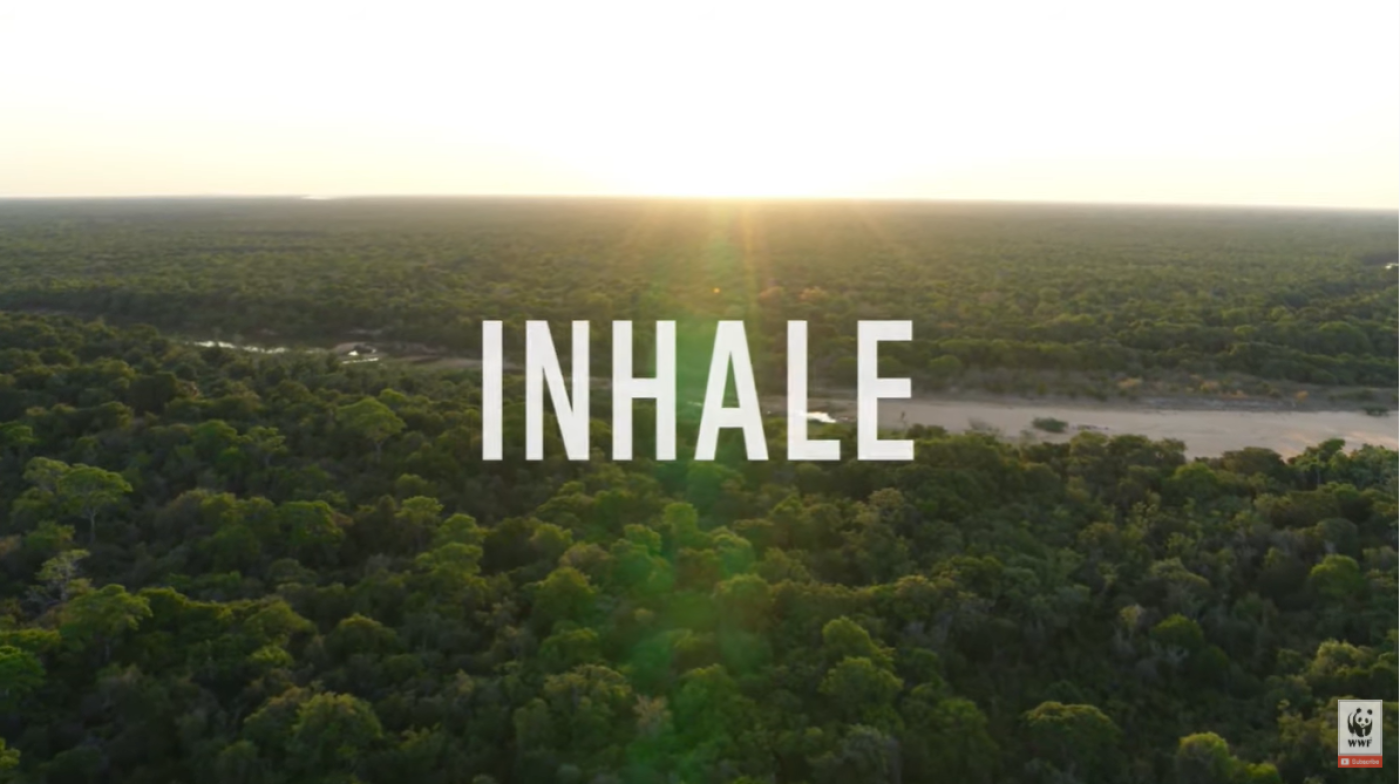Fronti di deforestazione: cause e risposte in un mondo che cambia - Deforestation fronts - WWF International
Questo rapporto è un’analisi completa della deforestazione che collega i driver e le risposte a livello globale. La ricerca identifica 24 “fronti di deforestazione” – luoghi che hanno una concentrazione significativa di hotspot di deforestazione e dove vaste aree delle restanti foreste sono minacciate. Più di 43 milioni di ettari sono stati persi su questi fronti tra il 2004 e 2017, un’area più o meno delle dimensioni del Marocco. L’analisi qui presentata si concentra sui tropici e sulle aree sub-tropicali, che rappresentano almeno due terzi della perdita di copertura forestale globale dal 2000 al 2018 e dove la frammentazione forestale è molto significativa. Quasi la metà delle foreste rimanenti in questi fronti di deforestazione hanno subito qualche tipo di frammentazione. La deforestazione è un fenomeno altalenante Le tendenze recenti indicano che la deforestazione continuerà a aumentare in questi fronti a meno che non ci siano azioni collettive e approcci più integrati, calibrati a misura per ogni fronte. Per essere più efficaci, le diverse risposte alla deforestazione e al degrado forestale devono rafforzarsi reciprocamente.
-
From the air we breathe to the wood we use, forests are essential for our survival. They’re home to more than half of the world’s land-based species, and globally, roughly 1.2 billion people live in and around forests and rely on it for food, shelter and livelihoods.
After oceans, forests are the largest storehouses of carbon. Despite the importance of forests to our lives, the planet and climate, deforestation and forest degradation continue to increase.
Our new report looks at what’s driving this alarming deforestation and solutions needed to address those causes. Learn more at panda.org/deforestationfronts


